What was Romanticism?
Romanticism ( also referred to as the Romantic era or Romantic movement ) Was a artistic and intellectual driven movement which originated in Europe towards the latter 18th century.
The objective of the movement was to Highlight the importance of Subjectivity , Imagination , and to cherish the importance of nature in society and culture ,marked by a focus on individualism, an emphasis on nature, emotion over reason, freedom of form, and an exploration of the Gothic and unknown in response to the ” Age of Enlightenment” , the industrial revolution , and the whole idea of physical materialism in general.
( The Enlightenment, also known as the Age of Reason, was an intellectual and cultural movement in the eighteenth century that emphasized reason over superstition and science over blind faith. – Wikipedia)
John Constable
John Constable (1776–1837) was a key figure in the Romantic movement, known for his emotional and expressive landscape paintings that captured the beauty of the English countryside. As part of Romanticism, which emphasized emotion, individualism, and the Sublime, Constable focused on nature’s power , but in a more intimate way compared to other Romantic artists.
Rather than depicting violent forces, Constable’s work captures the shifting moods of nature through dynamic skies, changing weather, and atmospheric light. Paintings like Salisbury Cathedral from the Meadows (1831) showcase nature’s vastness, evoking a sense of awe and humility. His landscapes communicate the Sublime not through destruction, but through the beauty and grandeur of nature, reflecting both calm and intensity.
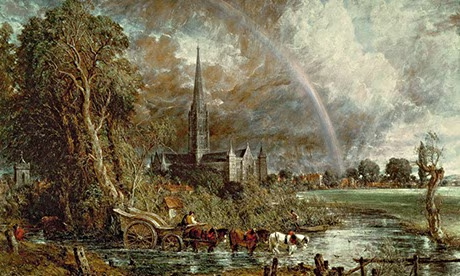
Constable’s use of “plein air” painting (En plein air, or plein-air painting, is the act of painting outdoors. This method contrasts with studio painting or academic rules that might create a predetermined look.)
he worked directly outdoors, allowed him to capture the fleeting qualities of light and weather, adding immediacy to his works. His ability to convey nature’s raw beauty, like in The Hay Wain (1821), helped reshape landscape painting by making it more authentic and emotionally charged, aligning with Romantic ideals.
The Sublime
The idea of The Sublime , nature’s power to overwhelm, inspire, and even frighten , became especially important during the Industrial Revolution (late 18th–19th century). As cities grew and machines took over, people longed for nature and began romanticizing its wild, untamed beauty. Artists and photographers used their work to capture this sense of awe and wonder.
The Sublime in Landscape Photography through history
For example, J.M.W. Turner, a sublime artist of the Romantic period, captured the awe and terror of nature’s forces in his paintings. His works, like Snow Storm: Steam-Boat off a Harbour’s Mouth, depict violent storms and vast, turbulent seas, where the viewer feels the raw power of nature. The dramatic use of colour and light conveys not just the beauty of nature but also its ability to frighten and humble.
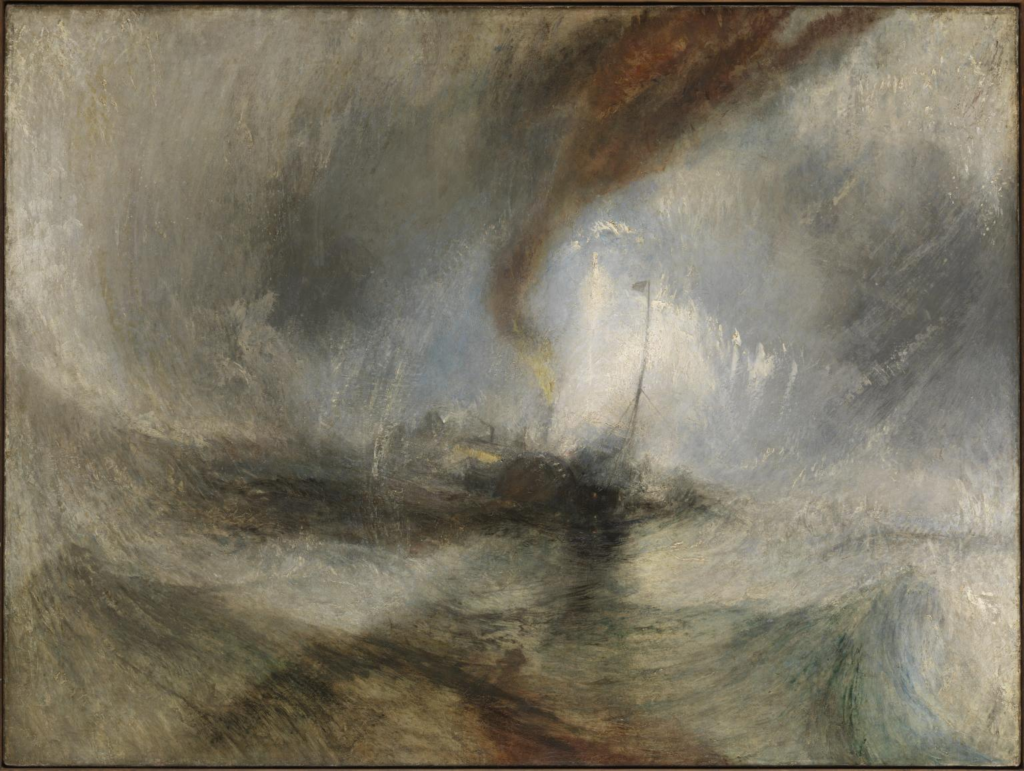
- Carleton Watkins – Took stunning photos of Yosemite, showing its towering cliffs and deep valleys, making people feel both amazed and tiny in comparison.
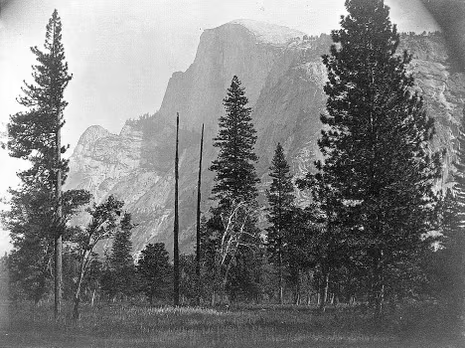
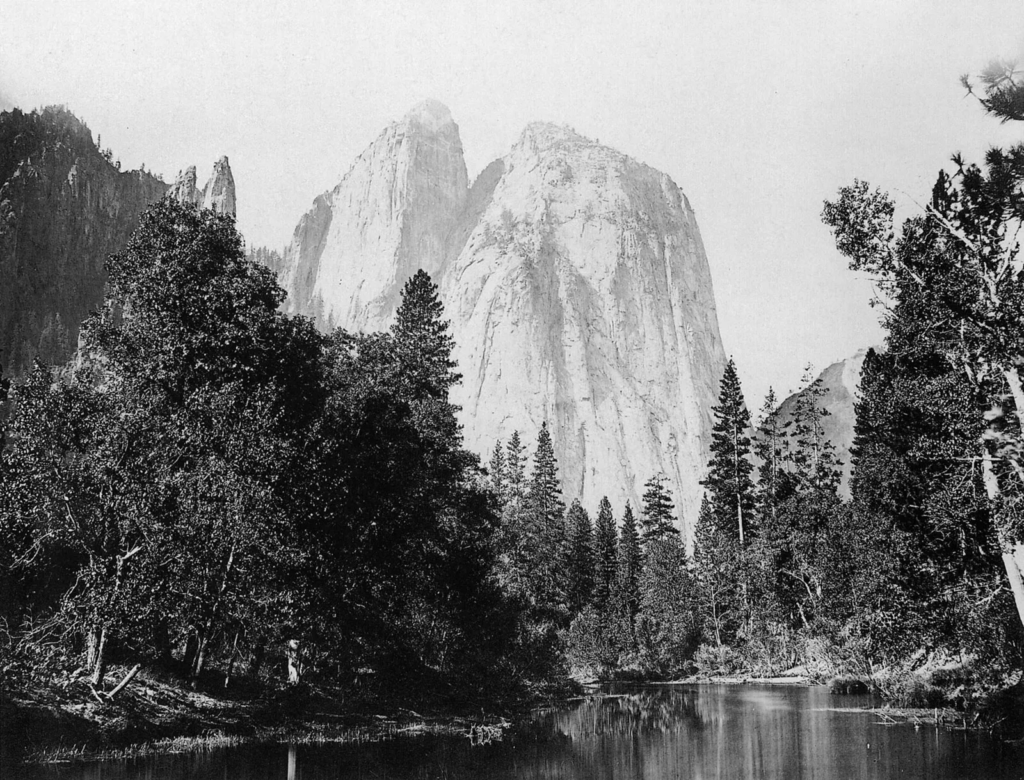
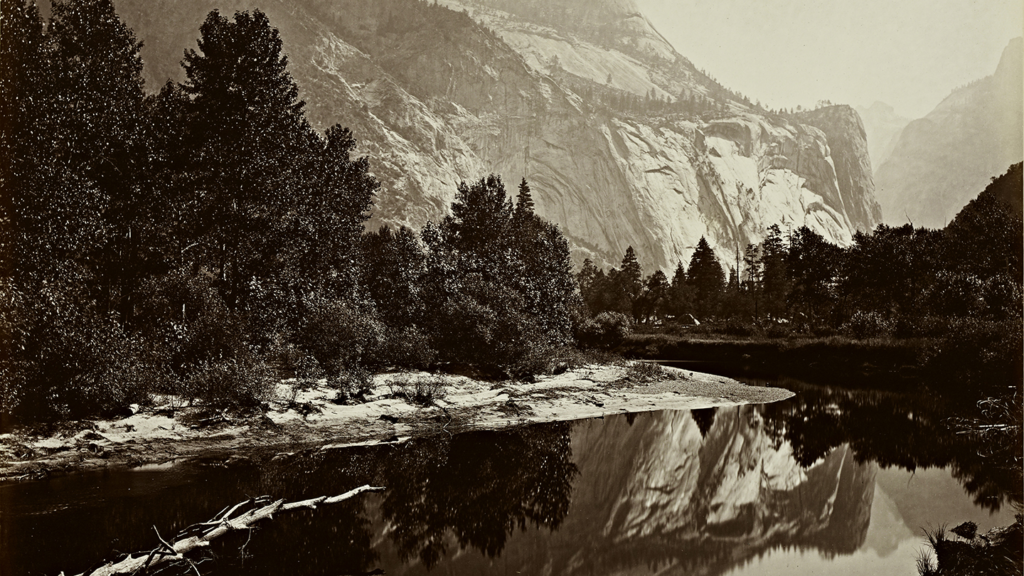
- Ansel Adams – Used dramatic lighting and deep contrasts to highlight the power of nature, especially in American national parks. His images of mountains and storms perfectly captured the Sublime.
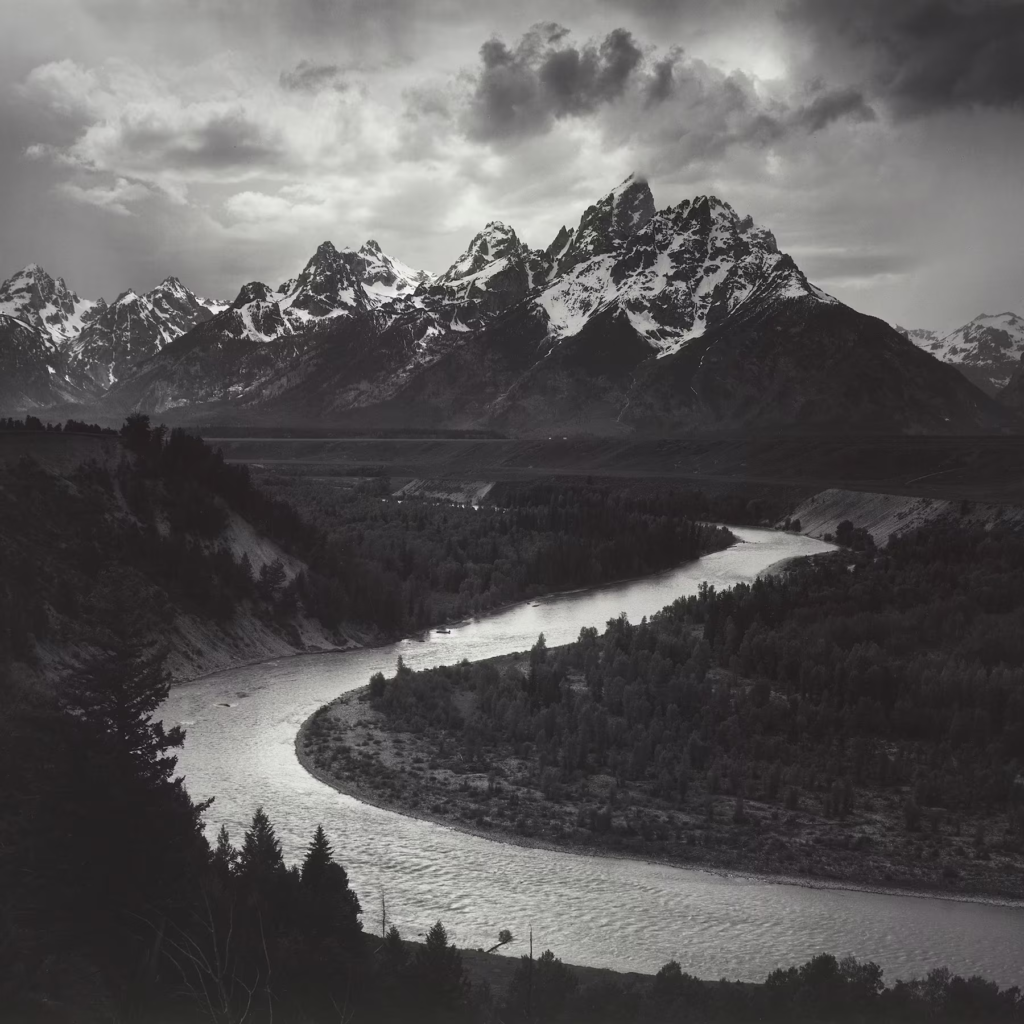
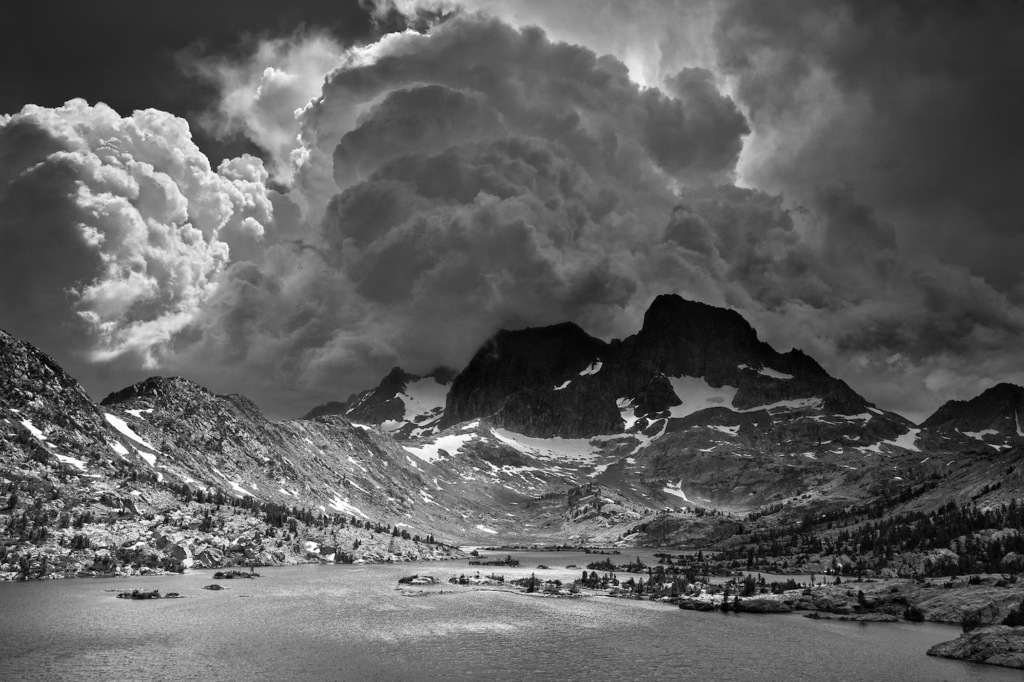
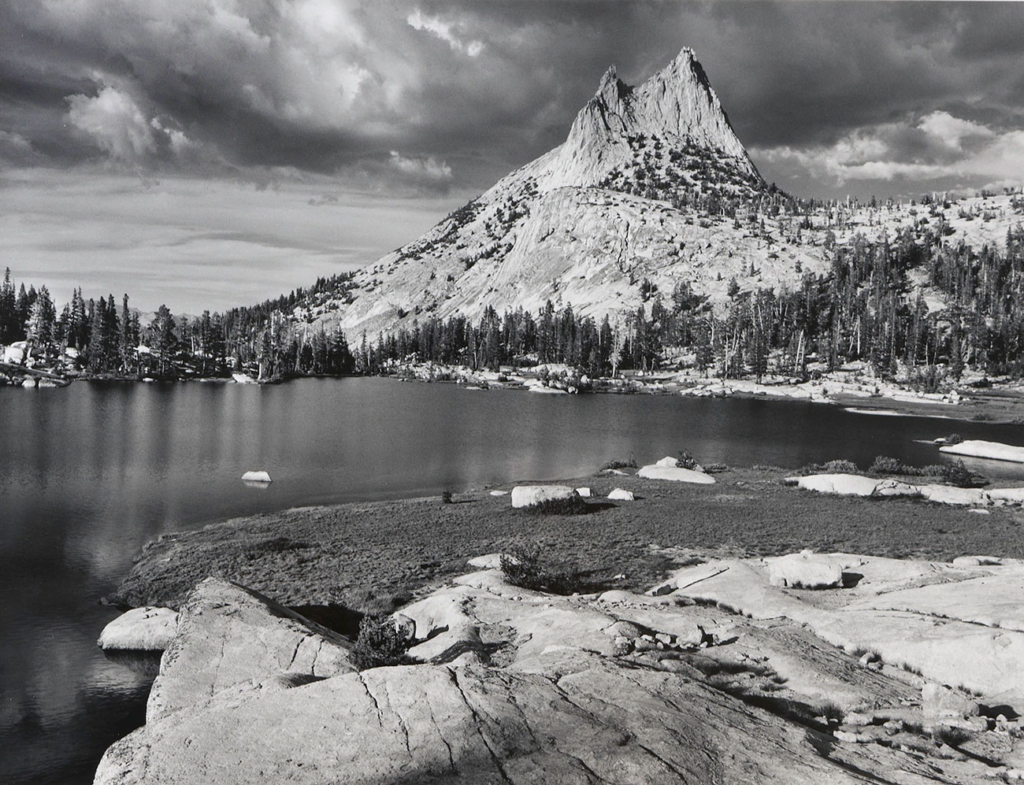

- Gustave Le Gray – Photographed powerful seascapes, using long exposures to capture dramatic waves and skies, creating an almost otherworldly effect.
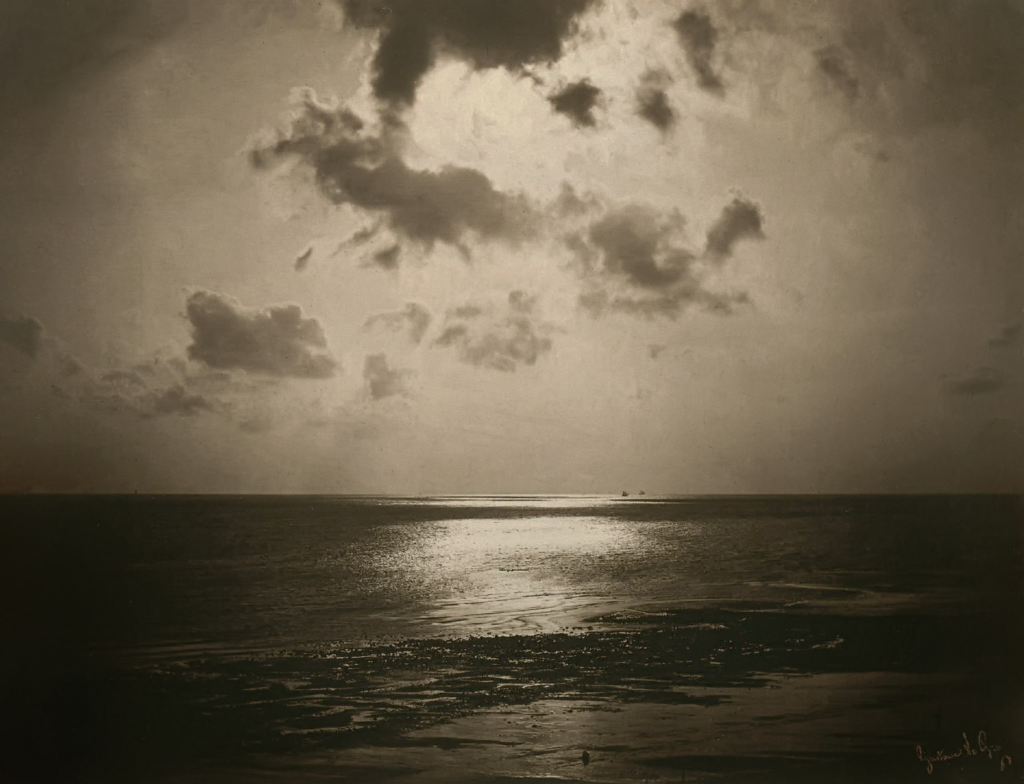
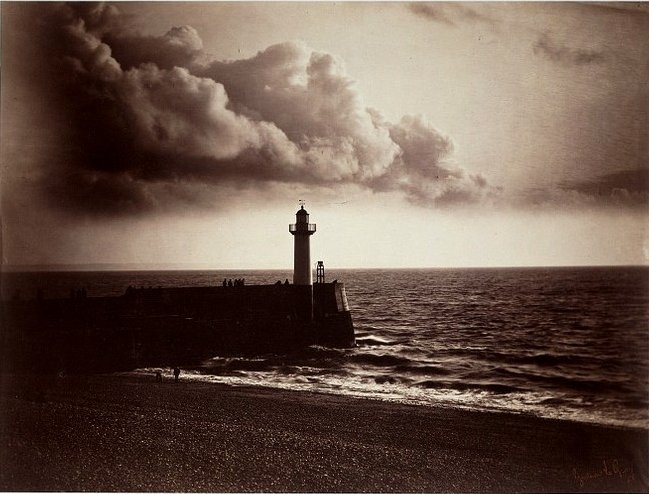
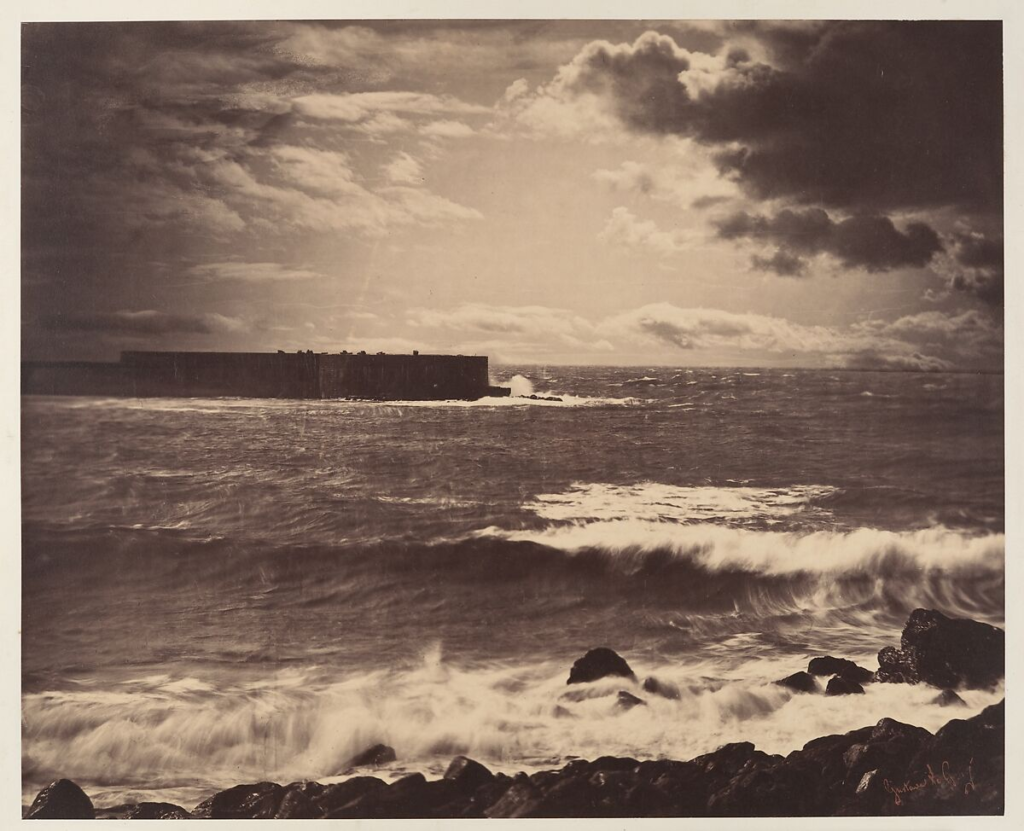
Personal Connection to the Sublime: The Jersey Coastline
Living in Jersey, the coastlines offer a perfect example of the Sublime in nature. The vast tides, golden beaches, and ever-changing skies along the island’s shores provide a tangible link to the sublime landscapes of the Romantic period. The way the sea crashes against the rocks, particularly during storms or at high tide, can evoke that same feeling of awe and fear. There’s something about standing on a high point and looking down at the vastness of the ocean that puts everything into perspective , reminding us of nature’s immensity and unpredictability.
Edmund Burke, an 18th-century philosopher, described the Sublime as something “productive of the strongest emotion which the mind is capable of feeling.” In this context, the Sublime has both beauty and terror, as it overwhelms the senses and leaves one feeling small and insignificant in comparison to the vastness of nature.
When photography was invented in 1839, it offered a new way to explore and share the Sublime. Early landscape photographers like Carleton Watkins captured towering cliffs and deep valleys in Yosemite, evoking a sense of both amazement and insignificance. Similarly, Ansel Adams used dramatic lighting to highlight nature’s power in American national parks, particularly in his black-and-white images of mountains and storms, portraying the raw force of nature. Gustave Le Gray, known for his seascapes, captured the sublime quality of the ocean with long exposures, creating images of crashing waves and dramatic skies that seem almost otherworldly.
These photographers didn’t just document landscapes; they made people feel the sheer scale and force of nature, much like Romantic painters did.
The Industrial Revolution and the Rise of Landscape Photography
As factories and cities spread, many people felt disconnected from nature. Photography became a way to preserve and appreciate landscapes that were rapidly changing. Some key effects of the Industrial Revolution on landscape photography included:
- Increased travel – Trains and steamships made it easier for photographers to reach remote, dramatic landscapes.
- Environmental awareness – Photographs of untouched landscapes, like those by Watkins and Adams, helped inspire conservation efforts, leading to the creation of national parks.
- Contrast between nature and industry – Some photographers used landscapes to highlight the loss of wild spaces, showing smoke-filled skies and factories creeping into natural areas.



What is a Landscape?
A landscape is a picture of natural scenery, like mountains, trees, rivers, and skies. It can be realistic, abstract, or stylized, showing the beauty of nature or how people interact with their surroundings. In photography, landscapes focus on composition, lighting, and perspective to create a mood, highlight nature’s beauty, or even make a statement about the world.
Google definition
Landscape photographs typically capture the presence of nature but can also focus on human-made features or disturbances of landscapes. Landscape photography is done for a variety of reasons. Perhaps the most common is to recall a personal observation or experience while in the outdoors, especially when traveling.
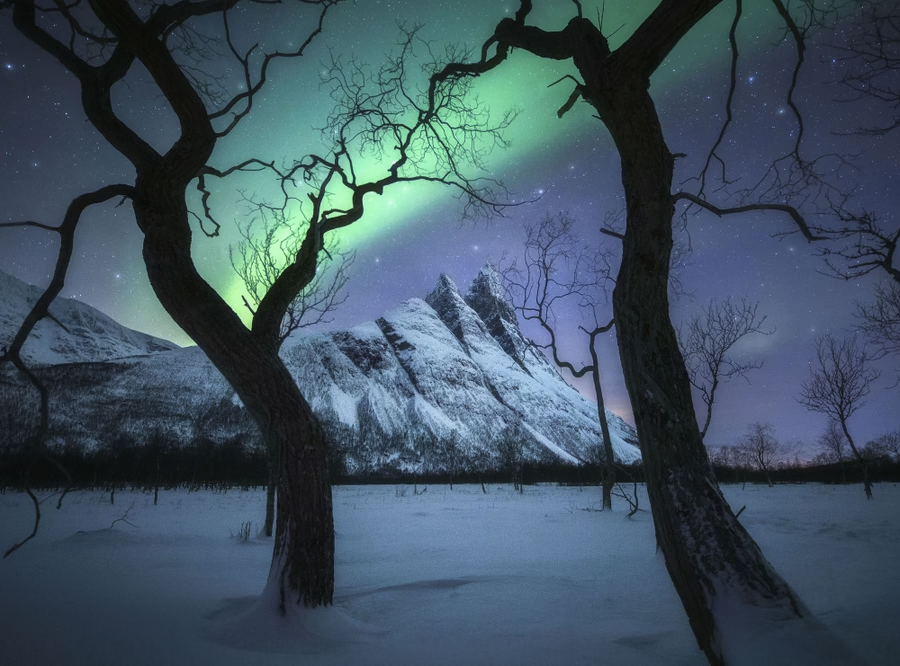
When Did Landscape Art Become Popular?
Landscape painting started gaining attention during the Renaissance (15th–16th century), but at first, it was mostly used as a background for religious or mythological scenes. By the 17th century, artists—especially Dutch painters like Jacob van Ruisdael—began painting landscapes as the main subject, making it a recognized art style.
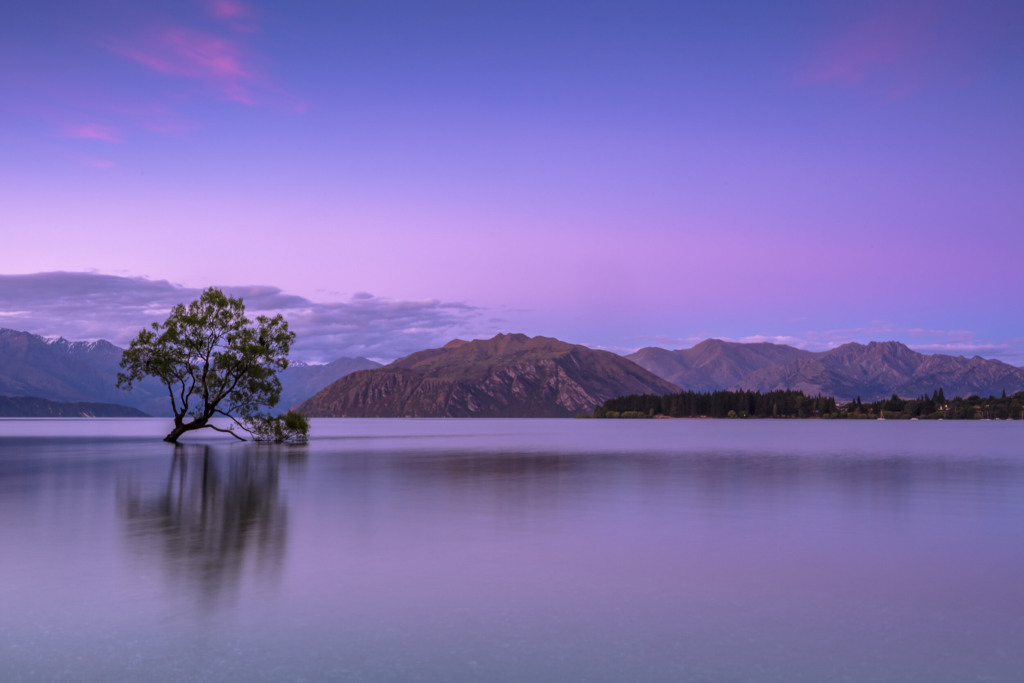
What are Classical Landscapes?
Classical landscapes became popular in the 17th century, thanks to Italian artists like Claude Lorrain and Nicolas Poussin. Their paintings showed idealized, peaceful scenes with balanced compositions, inspired by ancient Greek and Roman art. These landscapes weren’t just about nature; they aimed to create a perfect, dreamy version of it.

When Did Landscape Photography Begin?
Landscape photography started in the mid-19th century, soon after photography was invented in 1839. Early photographers like Carleton Watkins and Ansel Adams used large cameras to take detailed images of nature. Their work helped people see landscapes in a new way and even influenced environmental movements. Unlike paintings, photography could capture nature exactly as it was, making it a powerful tool for sharing the beauty of the world.
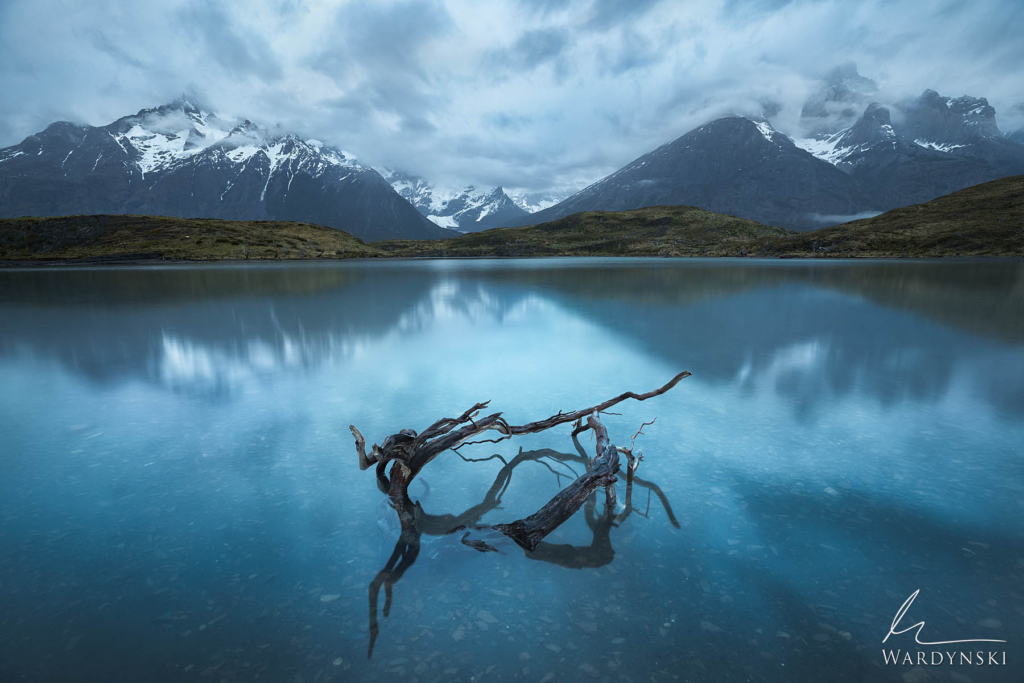
Why Did Landscape Art Become More Popular in the 18th and 19th Centuries?
During the late 18th and 19th centuries, the Romantic movement changed how people saw nature. Artists like J.M.W. Turner and John Constable wanted to capture the power and emotion of landscapes, from dramatic storms to peaceful countryside scenes. The Industrial Revolution also made people long for nature as cities grew and machines took over daily life. Many artists were inspired by The Sublime, a concept that described nature’s ability to be both beautiful and overwhelming.
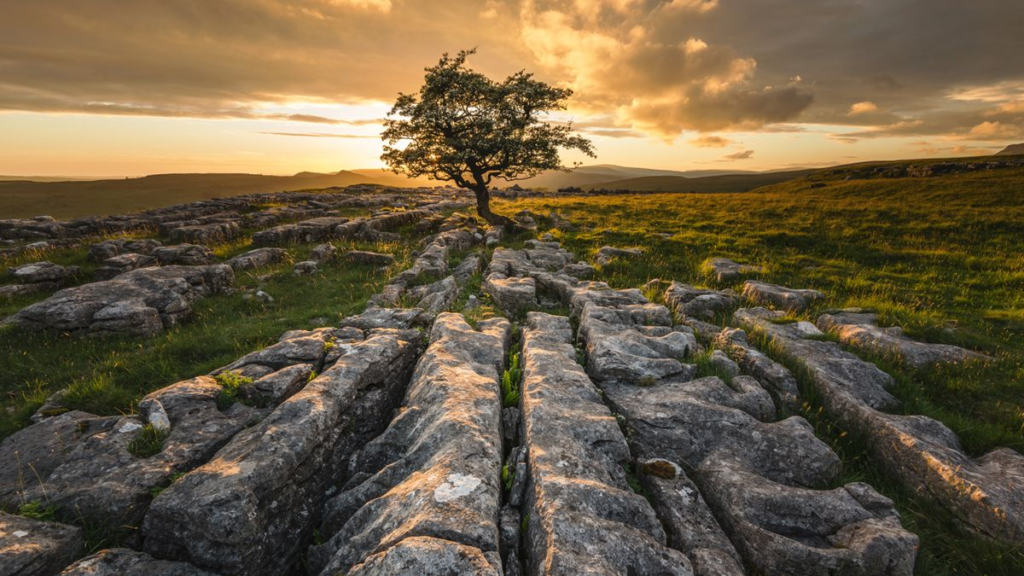
A good start to this unit, well done!
Hopefully you can continue to make links and connections as you progress, and be prepared to try different practical approaches and experiments too!
However, you must now add your own photo-shoots, edits and outcomes…